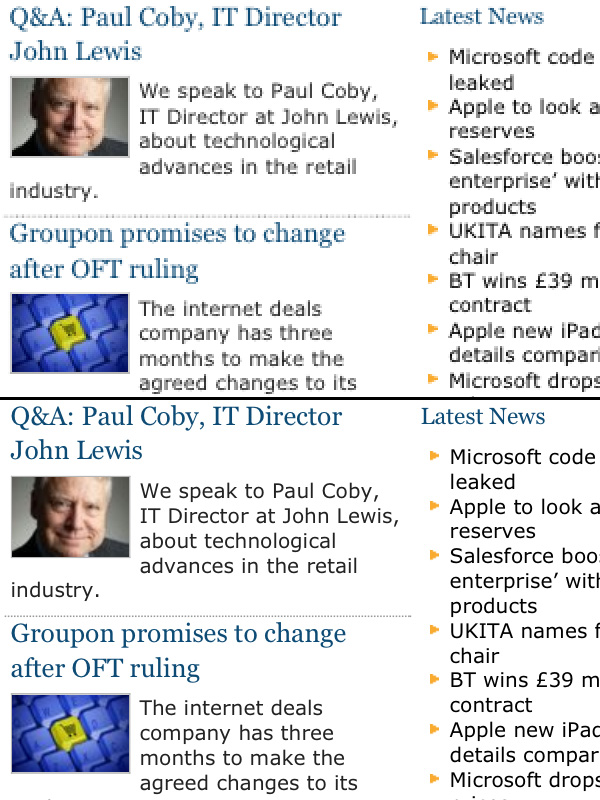Apple new iPad review
After months of speculation about its specification, the new iPad launched in mid-March with an ultra-high resolution Retina display and blisteringly fast 4G LTE. Julian Prokaza puts it through its paces and is seriously impressed.
Although LTE of little use in the UK for now, the Retina display still makes the new iPad a highly desirable tablet, though it may a short while for apps and web sites to fully exploit it. The fact that prices are the same as the old model is impressive too, although the cheapest 16GB model may not have enough capacity for heavy tablet users.
On sale since 16th March, the new iPad looks practically identical to the iPad 2, though it's actually 0.6mm thicker and 51g heavier.
In a surprise move, Apple dropped the numerical classification with this model, but it is the big changes on the inside that everyone cares about.

Retina display ups the ante
The headline feature becomes apparent the moment the power button is pressed. As with the iPhone 4 from two years ago (and the subsequent 4S), Apple has equipped the new iPad with a Retina display' the term used to describe a resolution so high that the individual pixels become indistinguishable when seen from a typical viewing distance.
With the 3.5" screen on the iPhone 4 and 4S, this means a resolution of 960 x 640 to give 326ppi (pixels per inch) when viewed from 12" away.
To achieve something similar on the 9.7" iPad screen, Apple has had to pack in an incredible 2048 x 1536 pixels (264ppi). That's twice the resolution and four times the pixel count of the iPad 2, and a million more than on a 1080p HDTV.
The result is a screen with astonishing clarity and it really needs to be seen to be appreciated. The improvement over the iPad 2 display is not unlike the difference between watching a DVD film on a standard definition TV and something on Blu-ray on an HDTV. High-resolution photos look more like glossy prints than images displayed on a computer screen, for example.

Text is visibly sharper on the new iPad, when compared to the iPad 2 as can be seen above
Get the ITPro daily newsletter
Sign up today and you will receive a free copy of our Future Focus 2025 report - the leading guidance on AI, cybersecurity and other IT challenges as per 700+ senior executives
-
 Nvidia braces for a $5.5 billion hit as tariffs reach the semiconductor industry
Nvidia braces for a $5.5 billion hit as tariffs reach the semiconductor industryNews The chipmaker says its H20 chips need a special license as its share price plummets
By Bobby Hellard Published
-
 Business leaders are having a crisis of confidence over data literacy
Business leaders are having a crisis of confidence over data literacyNews A Salesforce survey reveals business leaders don't trust their data, or their ability to make the most of it
By Emma Woollacott Published
-
 MITRE CVE program handed last minute reprieve amid funding lapse concerns
MITRE CVE program handed last minute reprieve amid funding lapse concernsNews The MITRE Corporation's Common Vulnerabilities and Exposures (CVEs) database has been handed a last minute reprieve amid concerns over funding.
By Rory Bathgate Last updated